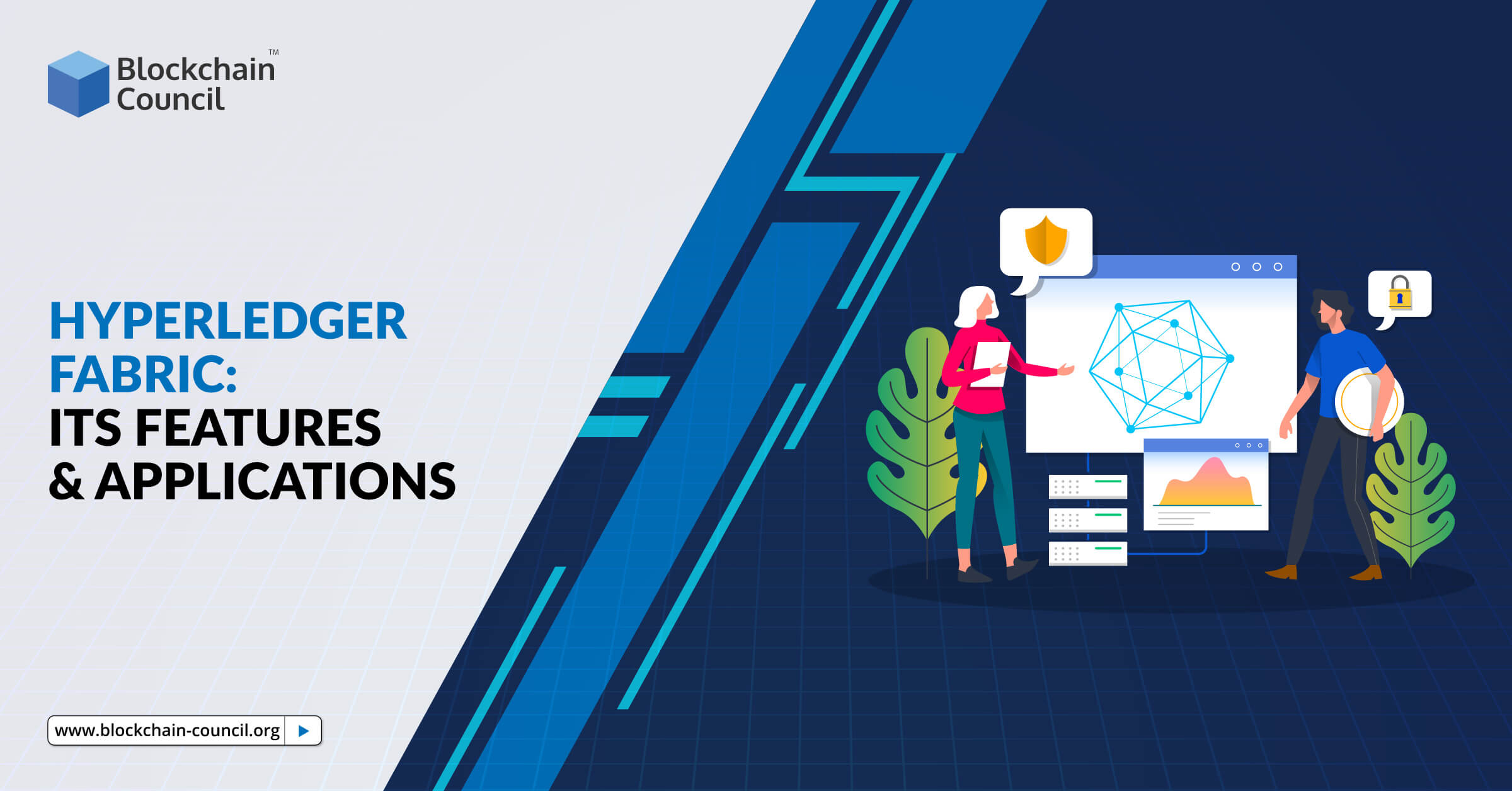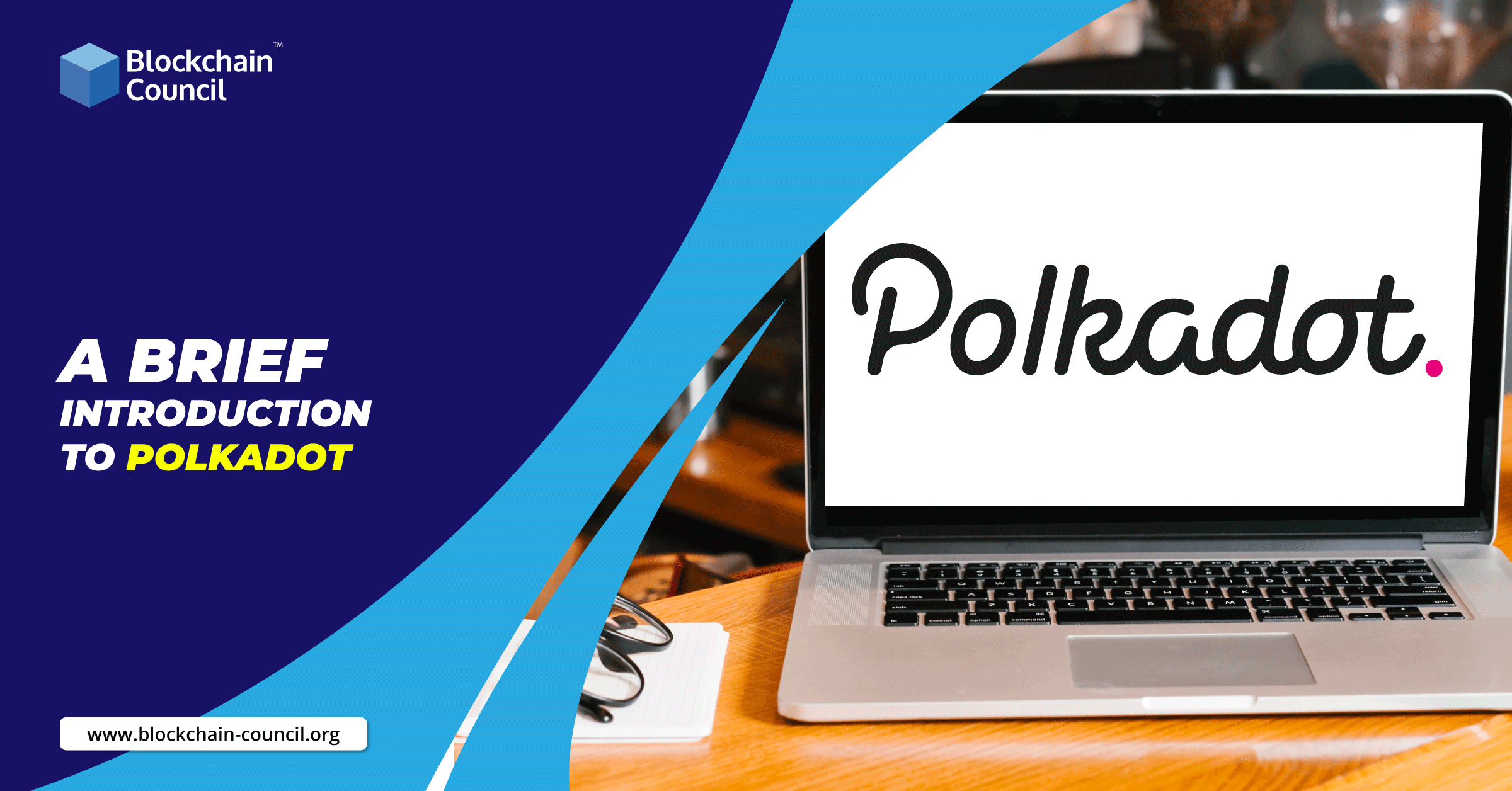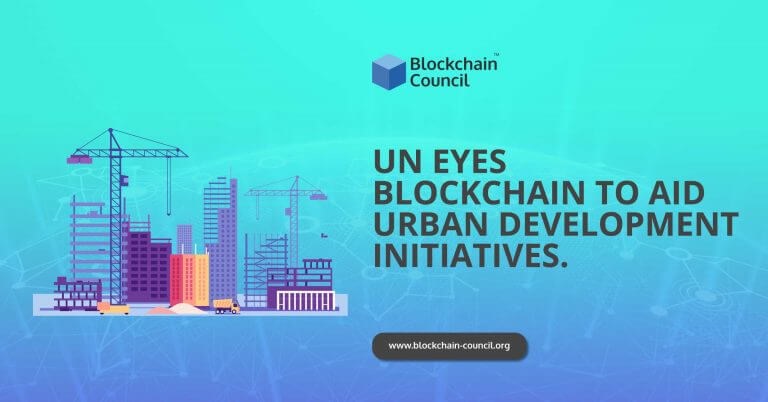
- Toshendra Kumar Sharma
- June 24, 2020
If you are interested in learning everything related to Hyperledger Fabric, this article is a one-stop destination. This article focuses on the concept of Hyperledger Fabric and provides an in-depth understanding of its features and applications.
Learning Of The Blog
- Introduction to Hyperledger Fabric
- Exceptional Features of Hyperldeger Fabric
- Top Applications
- Concluding Lines
Introduction to Hyperledger Fabric
With the advancements in blockchain space over the past few years, we have seen a revolutionary change in blockchain projects and blockchain frameworks. Hyperledger Fabric is one of the most popular options in the development of the blockchain projects as it has several distinctive features compared to other modern blockchain models. This project was introduced by the Linux Foundation in 2015 to advance cross-industry blockchain technologies. Hyperledger Fabric is one of the blockchain projects within Hyperledger that has a ledger, uses smart contracts, and offers a system by which participants can manage their transactions like other blockchain projects. It is a private and permissioned network whose modular architecture maximizes blockchain privacy, flexibility, and eases decision-making capabilities.
Are you looking for online blockchain training courses? Check out the best blockchain certification courses and become a Certified Hyperledger Expert.
Exceptional Features of Hyperledeger Fabric
This blockchain project is generally known for its modularity and versatility. It encourages a collaborative approach for developing blockchain technologies through the community process, with intellectual property rights that promote open development and the adoption of key standards over time. Let’s have a look at its major features.
- Private and Permissioned– Rather than an open, permissionless system that allows unknown identities to participate in the network, the members of a Hyperledger Fabric network enroll through an MSP (Membership Service Provider), which is completely trusted.
- Privacy– Unlike other networks, where privacy is not a top concern, this blockchain project supports networks where privacy (using channels) is a crucial operational requirement.
- Smart Contract Functionality– Hyperledger Fabric supports smart contracts written in chaincode, that can be implemented in several programming languages; for now, it is implemented in Go and Node. It possesses an open smart contract model that allows the flexibility to achieve any desired solution model.
- Consensus Mechanism– It features a flexible endorsement model for achieving consensus. It is designed to allow network starters to choose a consensus mechanism that best represents the relationships that exist between participants across required organizations.
- Moreover, it offers the ability to create channels, allowing a group of participants to create a separate ledger of transactions. It provides data sharing on a need-to-know basis by leveraging private data ‘collections.’
Top Applications
Now, as we have explored the various features of Hypperledger Fabric, let’s understand how this technology is revolutionizing various industries.
Supply Chain Traceability
The blockchain fabric provides a standard protocol to allow every participant on a supply chain network to input and track the number of goods and supplies that are produced and used on a specific medium. The technology enables final buyers to access a complete record of information and trust that the information is accurate and complete. This blockchain project also follows a modern approach to seafood traceability.
Digital Identity
Despite security governance, security is still hampered by numerous mechanisms such as data breaching and cybercrimes that act as milestones. Hyperledger Fabric can help in providing robust security and reliability, thus safeguarding digital identity. It allows organizations and individuals to have complete control over their digital credentials as one can govern when, where, and with whom to share their crucial information.
Real-State Transactions
Blockchain projects like Hyperledger Fabric can help in tackling real-estate transactions as well. With decentralizing databases, it can keep track of land titles, and every transaction involved would be recorded on the public ledger that will help financial firms in making decisions like, for example, whether to extend the loan to someone looking to buy a property. Further, this permissioned-based, shared system of record will increase overall trust and protect homeowners from making wrong decisions.
Music and Media Rights
Fabric creates a fair and transparent mechanism in the music and media industry. It offers a transparent method for music composers, artists, rights holders, etc., to express their rights for commercializing their art where data is maintained across a distributed network. The technology enables seamless data exchanges between artists and users, without the involvement of any third party.
Concluding Lines
From the above discussion, we can say that Hyperledger Fabric holds immense potential for blockchain technology for the years to come. Apart from the use cases mentioned above, the technology is also widely used for diamond tracing, cross-border payments, green assets management, B2B contracts, and much more.
With the Certified Hyperledger Expert certification course, you can get an in-depth understanding of the hyperledger family and begin building blockchain applications on top of the hyperledger platform. So, are you ready? To get instant updates about Blockchain Technology and to learn more about online blockchain certifications, check out Blockchain Council.





































































 Guides
Guides News
News Blockchain
Blockchain Cryptocurrency
& Digital Assets
Cryptocurrency
& Digital Assets Web3
Web3 Metaverse & NFTs
Metaverse & NFTs
